You can call them ‘paintographs’


Yes, paintographs.”
This is what the suite of works in “When Lens Meets Brush,” on view until Nov. 27 at the Reception Hall of National Museum of Anthropology, is called. The portmanteau, of course, conveys the marriage of two different artistic forms —photography and painting — but seeing the works in an actual spaces introduces to you a different kind of expressiveness, a highly-textured approach that juxtaposes, superimposes, and intermixes aspects of discernible reality (as captured by the camera) with the responsive interventions of the brush.

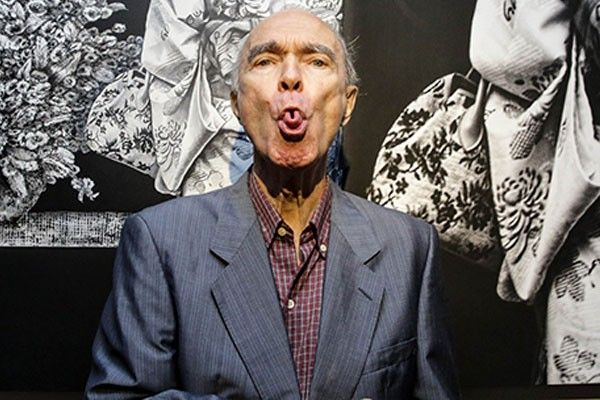
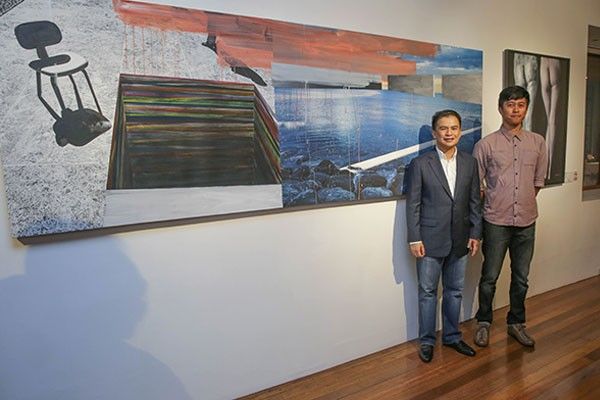
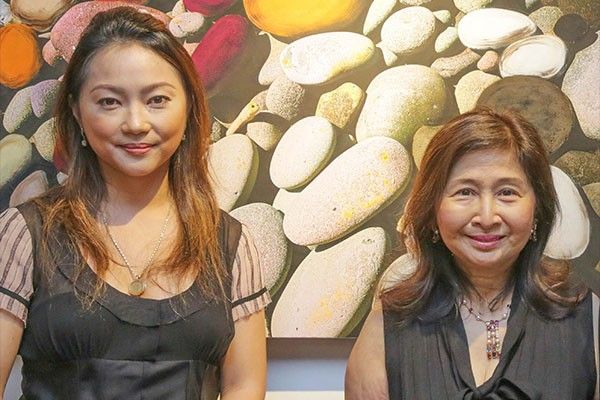
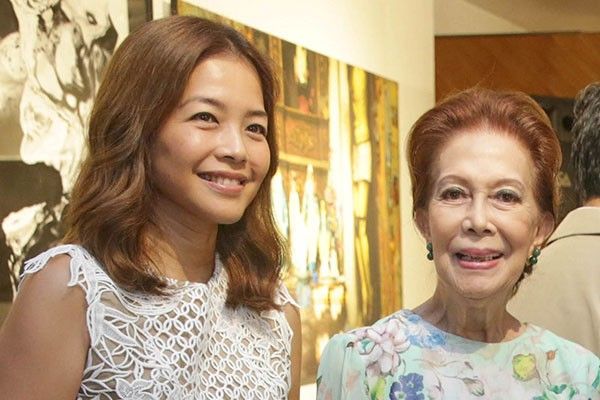
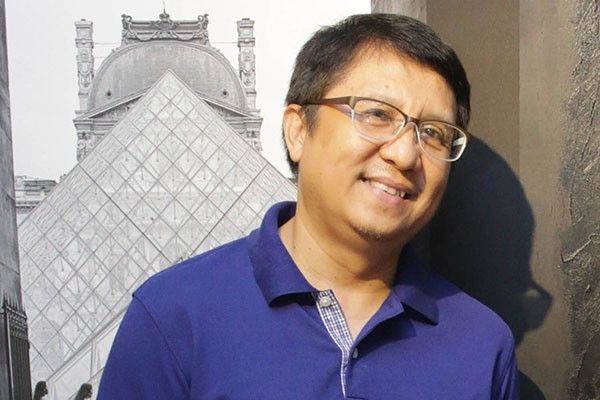
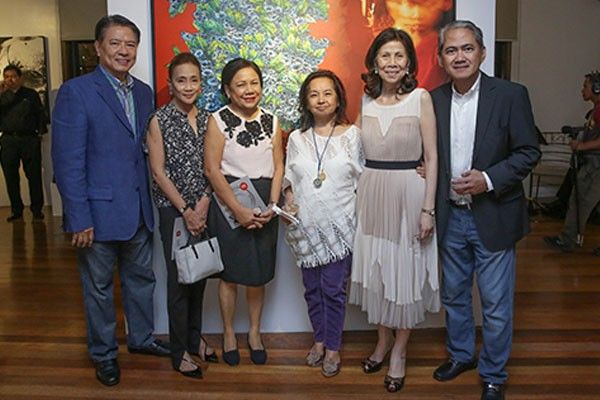
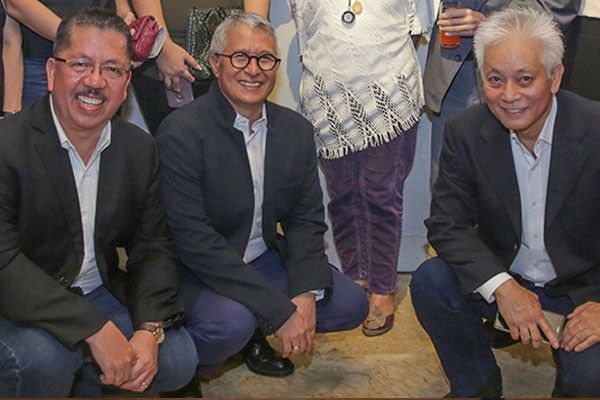
Leica Club Manila members Jose “Joey” Antonio, Francisco “Kiko” Balagtas, Benjamin “Benjo” Campomanes Jr., Joaquin “Jake” Lagonera, E. Billy Mondonedo and Alfonso “King” Reyno III got together around one-and-a-half years ago and decided to come up with something different from the usual photography show. A collaboration with artists seemed to be a good idea, and in no time did they get in touch with some of the most in-demand and respected among them.
It was National Artist Benedicto “BenCab” Cabrera, Zean Cabangis, Xander, Calceta, Clarence Chun, Mario de Rivera, Dex Fernandez, Alfred Galvez, Maya Ladyong, Lao Lianben, Pam Liban, Kelli Meshiro, Norlie Meimban, Juvenal Sanso, Anna Vergel RS, Soler Santos, Jose John Santo III and Camille Ver who heeded the call, working on, with, and alongside the photographs assigned to them, inflecting them with their signature styles, transforming them into, essentially, mixed-media works.
For Antonio, chairman and CEO of Century Properties Group, it was his travel photos that received the masterful touches of BenCab, Meimban and Vergel.
“Most of my works are from my travels because I like to travel; it’s my passion,” he said. “You learn something new. You learn about the people. You learn about the place. Photography not only documents the place or activity. It becomes part of history, especially when it’s exhibited.”
The results were startling. In “Stone Splash,” for instance, Vergel selectively colored a few stones on the beach in a black-and-white photograph, introducing a shot of whimsy into the scene. BenCab transformed the faces of the monks in “Meditations in Red” into pure states of contemplation and bliss. Rather than interacting directly with the photograph, Meimban painted a work that corresponded with or introduced tension into Antonio’s snapshot of the Louvre. In “Classics,” the artist repeated the arch using actual sand, responded with the glass pyramid with the flat shape of a square, and depicted a classical nude as a counterpoint to the small crowd milling about in the original photograph.
Reyno, on the other hand, collaborated with Cabangis, who “happens to be one of my favorite painters. I was very happy when I got paired up with him, and I started looking for photographs that I think will complement his style.” The photographer, who is a lawyer by profession, sent the artist a photo of a chair and of a seascape. Cabangis stitched them together into a kind of diptych and rendered his signature multi-colored bands and architectural elements.
The artist, who also uses photographs in his works, finds common ground with Reyno. Cabangis employs a process called emulsion transfer in which he applies a photographic image on canvas after having applied the abstract elements. This allows him to achieve the tension between work and play, between intention and chance. “Ako lang,” he said, “‘di ko kaya yung sobrang seryosong painting.”
Just like the interaction between Reyno and Cabangis, Mondanedo and Lao also find similarities in their respective works: the use of neutral colors (mainly black and white) and a pared-down aesthetics.
“He knows that my photos are very dynamic but at the same time, minimalist,” said Mondanedo of Lao. “My philosophy is to lessen the elements and even create a much better story. I wanted something that kind of complements his work. He works within that framework, the minimal.” In one collaboration, Lao visually extended the seawall, the shore, and the sky into his part of the canvas, providing a mysterious, near-dissolving scene that is in stark contrast with the present-ness of the photograph.
Antonio, who sees photography as his “therapeutic solution to day-to-day work,” mentioned that “When Lens Meets Brush” simply proves that artists of different stripes can come together.
“We can collaborate and produce something that is better than the sum of its parts. When you combine the talents of people, the entire thing becomes a bigger project with better results. It’s a new approach to art. A lot of people like it. We hope we have contributed to the art scene in a small way.”
* * *
For information, email nationalmuseumph.anthropology@gmail.com or call 527-1232.


















